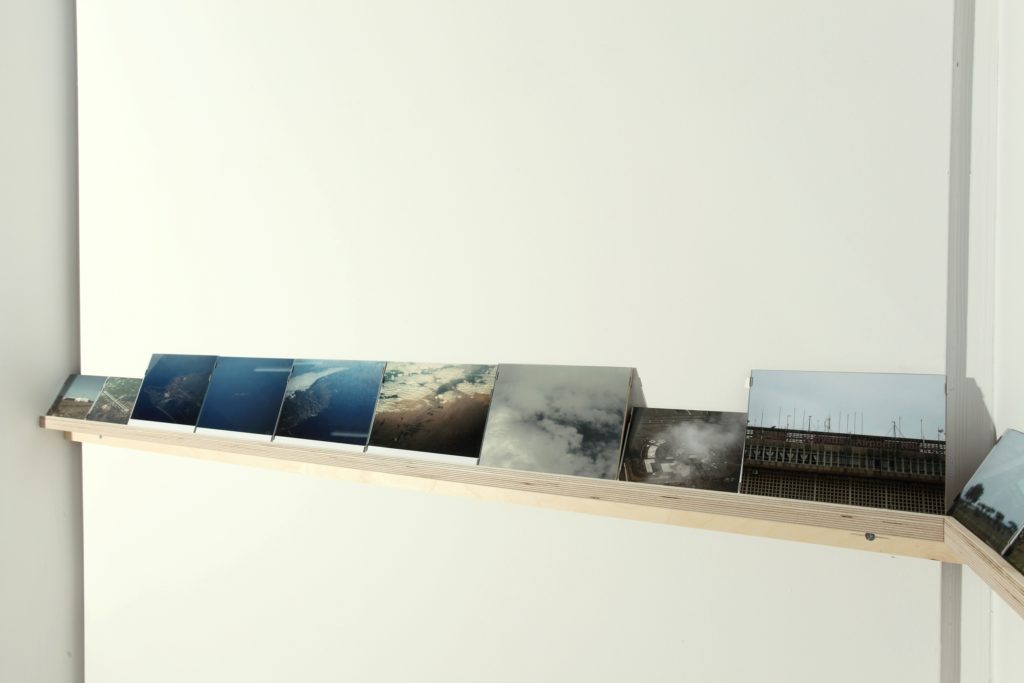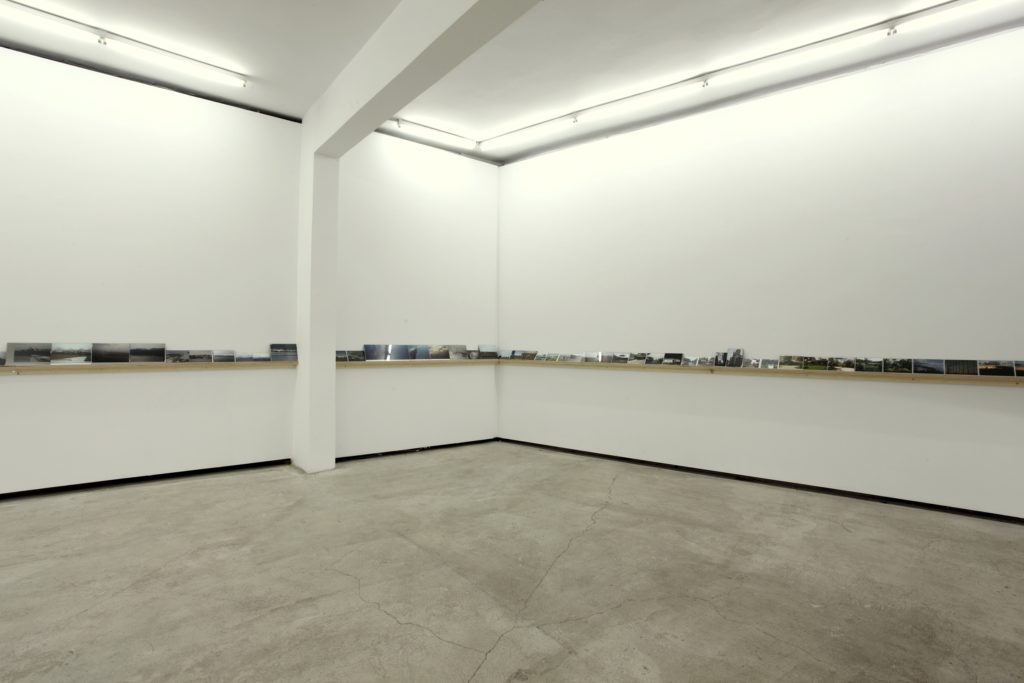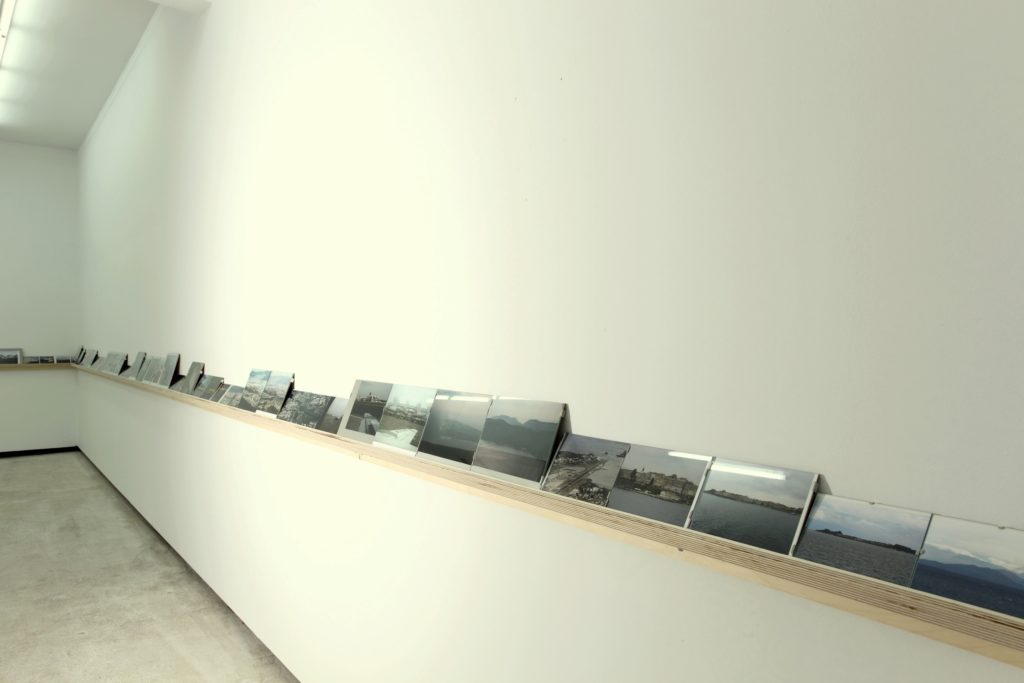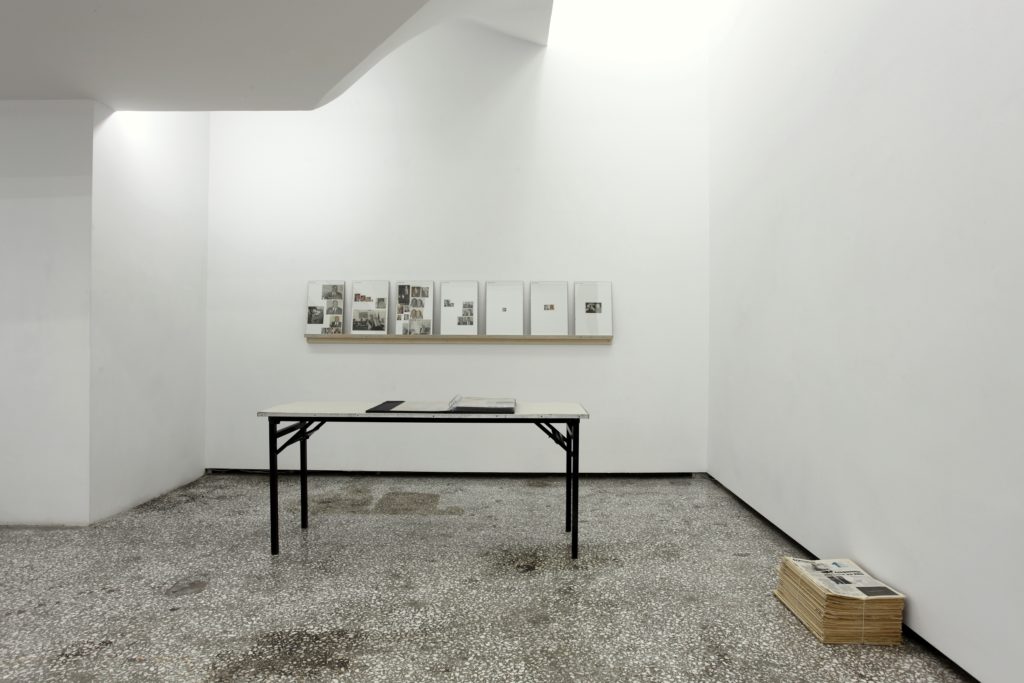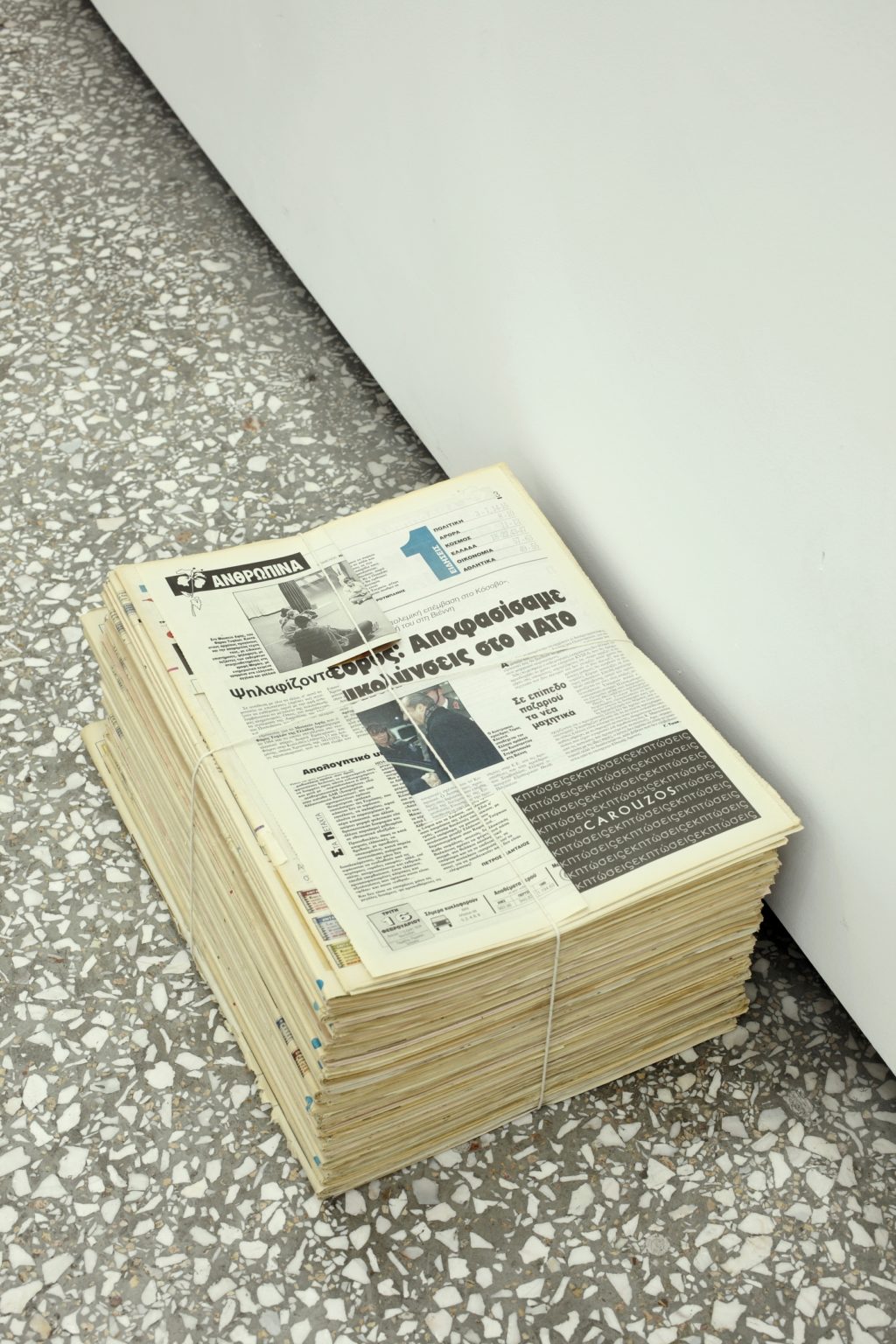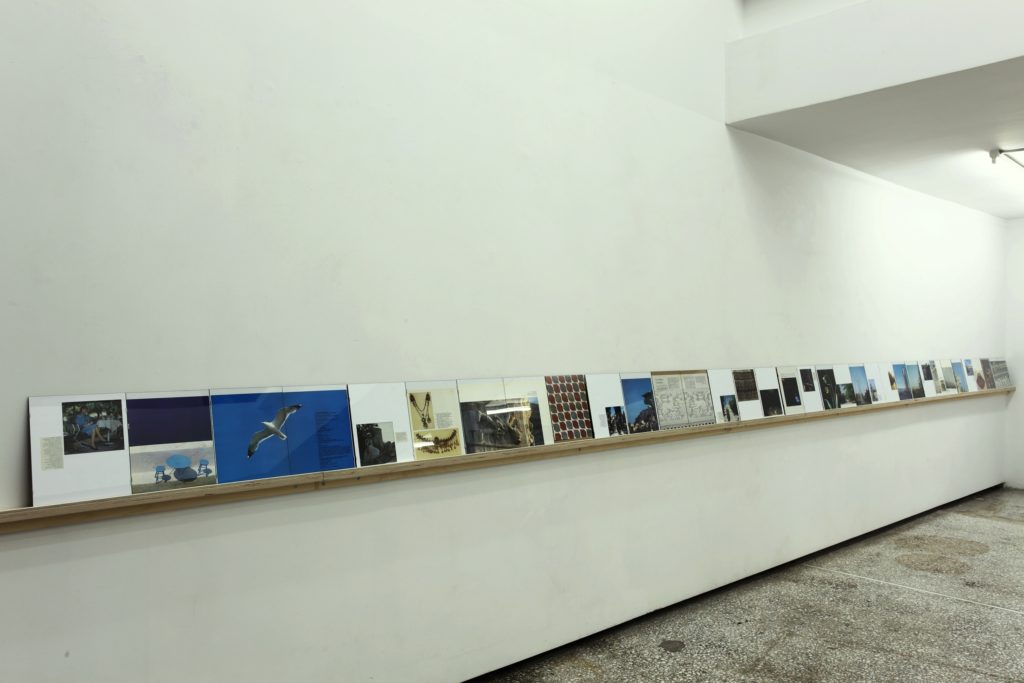Vangelis Vlahos
No event for Monday, Feb. 15, 1999
November 12, 2011–December 10, 2011The Breeder, Athens
The work of Vangelis Vlahos, through collections of found material, engages with the recent history of Greece, endeavoring to de-center official narratives and open up potential new ones.
For his second solo show at the gallery the artist presents three new projects, two of which focus on the capture of the founder of the Kurdistan Workers Party (PKK) Abdullah Ocalan, and its impact on the Greek domestic affairs of the time. The third project focuses on the dominant representations of Greece during the 1980s through visual material of the same period.
Vangelis Vlahos’ work draws attention to the way we understand the past. Vlahos, like the majority of people, relies on the media for information about events such as Ocalan’s capture. His work is concerned less with re-narrating the history of these events than with examining their impact from today’s point of view. In his work history is montage, rearrangement, selection and interpretation.
The project “IS THERE ANY OVERSIGHT ON OCALAN?” consists of a collection of photographs recreating Ocalan’s known and rumoured route before his capture in Nairobi on February 15, 1999 by the Turkish authorities and his transfer with a private plane to Turkey.
We can picture the scene on the plane, because Turkish military intelligence released the video that one of its agents made on the way back. The agents, still wearing black balaclavas, celebrated while Ocalan lay on the seats next to them. But what if we try to (re)construct Ocalan’s journey from Damascus to Nairobi until his capture? What could have Ocalan possibly seen before he got blindfolded and imprisoned to a fortress in the Turkish Sea of Marmara?
The project consists mostly of landscape, cityscape and architecture images of Moscow, Rome, Athens, Minsk and Nairobi, that is all the places where Ocalan tried unsuccessfully to find political asylum after he left Damascus, Syria on October 1998. For the localization of these places and the exact conditions (weather etc.) existing during the period Ocalan was there, were used testimonies and articles related to the case, given that the photographic coverage of the route is very limited to nonexistent.
Most of the images included in the project were found in touristic guides of the late 1990s, in magazines of the time and on the Internet. None of the images depict Ocalan himself or make any direct reference to the Kurdish issue or Greece’s involvement to the case.
The project “REMAINS” looks at two side effects of the crisis caused in Greece by the capture of Abdullah Ocalan on February 15, 1999. More specifically the project juxtaposes the coverage by the media of Theodoros Pangalos, the then Foreign Minister, with that of the Greek stock market during the period of the political crisis.
The project consists of a series of newspaper clippings depicting Pangalos the first ten days of the crisis until his resignation, a file comprising newspaper articles related to the Greek economy and the stock market’s configuration over the same period and a stack of newspapers made up of all the remains of the material used for the research. The arrangement of the images and the articles follows a chronological order day by day in a calendar form.
Historical background: Abdullah Ocalan (born April 4, 1948) is a Kurdish militant leader, who in 1978 founded the Kurdistan Workers Party (PKK). The PKK is listed as a terrorist organization by a number of states and organizations, and has been leading an armed campaign inside Turkey since 1984, with the intent of creating an independent Kurdish state. Ocalan has been imprisoned by the Turkish state since 1999 on Imrali Island in the Turkish Sea of Marmara.
Until 1998 Ocalan was based in Syria. As the situation deteriorated in Turkey, the Turkish government openly threatened Syria over its support for the PKK. As a result of this, the Syrian government forced Ocalan to leave the country, but did not turn him over to the Turkish authorities. Thus began the ill-fated journey of Abdullah Ocalan. For the next four months, he would wander in Europe and Africa seeking any country that would grant him asylum. He first went to Russia and from there moved to various countries, including Italy, Belarus, Tajikistan, Greece and Kenya. He was captured in Kenya on February 15, 1999 (in an operation by the Turkish authorities with debatable help of the CIA) as he was driven from the Greek ambassador’s residence to the Nairobi international airport, where he was supposed to fly to Holland to ask political asylum. In the last stages of the Ocalan crisis Greece played a leading role. Ocalan had flew to Kenya under the protection of Greek officials, and housed to the ambassador’s residence in Nairobi for almost two weeks. At a time Greece was trying to meet the requirements to join the new common European currency, a major foreign policy objective, Ocalan’s arrest and the degree of Greek involvement in the case caused a major crisis at home, three ministers resigned and the stock market dipped two percentage points amid general dismay at the debacle and fears that the government would be destabilized. Nevertheless the financial and political impact of the Ocalan affair in Greece was not that significant as it seemed at the beginning – after the first shock, the stock market went back to the point it was before until the Greek stock market crash six months later.
The project “An image you already know” is composed of a series of 35 photographs; the eight of them depict the wives of eight foreign ambassadors in Greece as they posed for a Greek magazine in 1983 in front of a location of their choice in Athens. The rest of the images depict different popular archeological and touristic sites and folk art objects from Greece. Those images were found in touristic photo catalogues of the same year published by the Hellenic Organization of Tourism (such catalogues were published during the ‘70s, ‘80s and ‘90s in four languages in order to promote Greece abroad). The selection of the subjects of these photos was made according to the references found in the captions of the images of the ambassadors’ wives.
Vangelis Vlahos (b.1971, Athens) lives and works in Athens. His work has been included in the exhibitions: The End of Money, Witte de With, Rotterdam ; “To the Arts, Citizens!”, Serralves Museum of Contemporary Art, Porto; tanzimat, Augarten Contemporary, Vienna; 11th Istanbul Biennial; After Architecture, Centre d’Art Santa Monica, Barcelona; ISLANDS+GHETTOS, NGBK & Kunstraum Kreuzberg/Bethanien, Berlin; Monument to transformation, City Gallery Prague, Prague; “A Number of Worlds Resembling Our Own”, SMART Project Space, Amsterdam; 27th São Paulo Biennale; Behind Closed Doors, Dundee Centre for Contemporary Arts, Dundee; Manifesta 5, San Sebastian, and the 3rd Berlin Biennial.
